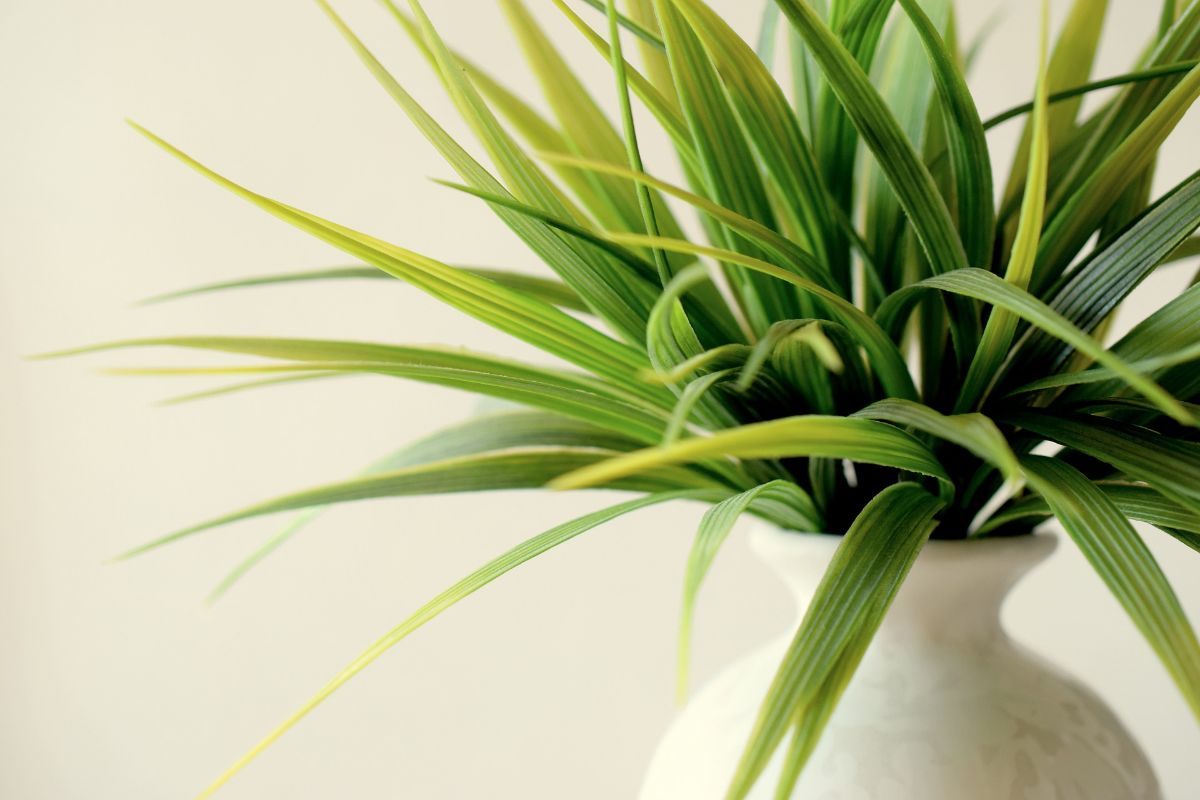
Having a plant involves monitoring its development over time. And, despite the fact that we have it indoors, that does not protect it from indoor plant diseases, to which it is exposed and can end its life.
But what are the most common houseplant diseases? Do you have a solution? How will you realize it? If you are wondering if that vegetable gift that you want so much can suffer from a disease or plague, then we will tell you which are the most common and how to treat them.
The main causes of indoor plant diseases

The first thing you should know is that all indoor plant diseases tend to be caused by various causes. Sometimes it is a combination of several of them, while other times it is just because something has been produced that has not been properly adjusted to the plant.
E.g., among these causes we have:
- Not providing adequate light and temperature. While many plants can adapt, it is not easy for them to do so.
- Lack or excess of humidity or water. Watering is important, but there is a fine line between adequate watering and under or over watering. The same goes for humidity.
- Not using good soil. Not only that, but, with the passage of time, the nutrients in the soil are lost, and that implies that it must be replaced. However, not many do.
- Presence of animal and plant parasites. When there are insects, mites, fungi, etc. a disease or a plague that deteriorates the plant can appear without remedy.
- Do not use fertilizer or overdo it. On this subject you should bear in mind that it is not only the use you give the fertilizer, but also the type you use, if it is chemical or natural, the nutrients it has (and that the plant may need), etc.
The most common indoor plant diseases

You should know that, 95% of the diseases suffered by indoor plants are due to fungi. However, there are 5% that can be caused by bacteria or viruses, which are more difficult to eradicate (because there are no products that are 100% effective and therefore fighting them is more complicated).
In general, the most common indoor plant diseases that can occur on your plants are:
Botrytis
Also called gray mold, it is a disease that appears on young and older plants. It is characterized by infect the leaves, buds, flowers and even the stems. An obvious sign of this problem is that gray mold grows that covers the plant, even causing it to rot.
To eradicate it, it is necessary to apply an anti-rotitis treatment but also place the plant in a place with good lighting and ventilation, reducing (or suddenly cutting off) waterings and humidity) and eliminating the diseased parts or those with greater presence to prevent them from spread.
Rot
This disease mainly affects the roots of plants and can be caused by various types of fungi, the most common being FUsoium oxysporium, Phythium spp. o Rhizoctonia solani.
You will notice this problem because plant leaves start to turn yellow to, in no time, turn brown and fall off. It will grow more and more, since the roots are rotting and that prevents the plant from being able to get ahead.
There are not many solutions in this case, beyond trying to change the soil to sanitize the roots in passing and eliminate excess water or fungi that may exist, use chemical treatments and reduce irrigation as much as possible.
Powdery mildew
Although this is one of the diseases of indoor plants that most affects outdoor plants, it can also appear in homes and will be caused by fungi such as Uncinula spp., Sphaerotheca spp., etc.
To detect it, nothing like seeing a white powder on the leaves mostly. This dust is getting bigger and attacking the leaves, which will begin to dry and fall.
There are several solutions, from fungicides such as sulfur or chemicals.
Anthracnose
This is one of the most common indoor plant diseases and is seen with the naked eye in many indoor plants. What it does is that leaves look like rotten, but only a part of it. It is as if they suffered from burn marks that disfigure the leaves and make them useless.
The solution is to remove these leaves as soon as possible so that the plant can grow new ones. But you will also have to apply fungicides since, being produced by a fungus, it could affect the others (or even the stem).

Aphids
They are common outdoors, but also indoors. You will see how small dots that can be white, black or yellow. In addition, in a short time they can end up infecting the entire plant, so you have to act as quickly as possible.
For this, the best are the treatments against this pest as well as insecticides that can help you get rid of them.
Mealybugs
It is perhaps the most complicated with which you are going to have to fight. In general, one of the most effective ways to eliminate mealybugs is applying a alcohol swab on the floor, or using an old toothbrush to remove those white fluff that can become animals that roam the plant and feed on it.
There are also chemicals that are usually very effective.
As you can see, there are many Indoor plant diseases that can compromise the health of your plant. In this case, the best advice we can give you is observation. And, if you are aware of the plants, the most normal thing is that you realize when something is not going well, so you can act much faster and get it to recover without damaging it too much.
Do you know more common diseases in indoor plants? Has it happened to you? You can tell us about your case to help others.
Hello I want to know why the camellias at the tip of the? They put coffee and consequently in all the?
Hi Irma.
It may be that it is overwatering, or that it is giving air (drafts dry the leaves).
Regards!